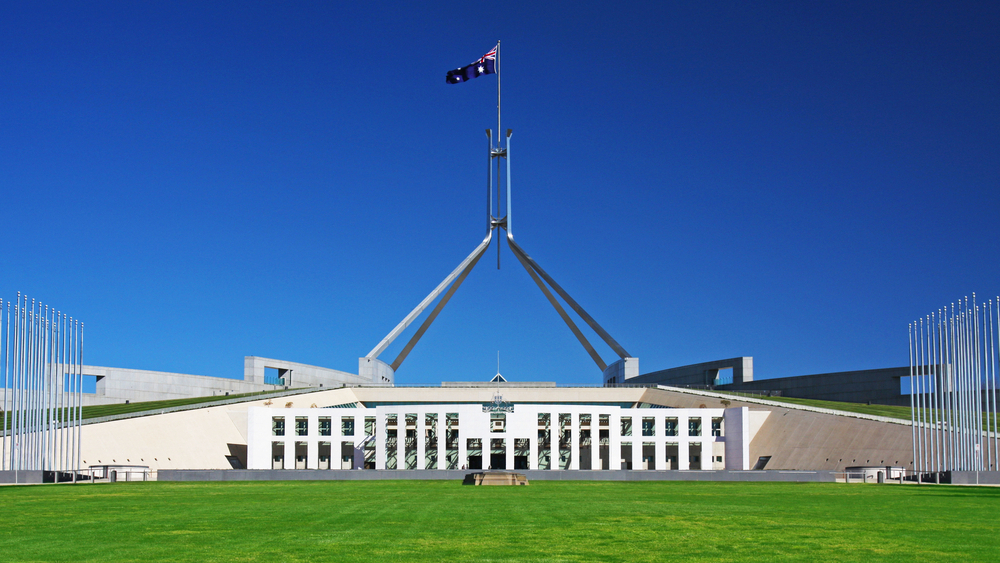
Australia’s tango with mandatory climate disclosures enters its final stage
In 2024, Australia will introduce its first mandatory disclosure regime for companies and asset owners
The list of countries introducing mandatory climate disclosure regimes is expanding. The process of designing, introducing and enforcing one is a complicated endeavour but regulators across the globe are lining up to give it a go.
The latest addition to this list is Australia. The federal government announced an initial consultation back in December 2022. 14 months and three consultation rounds later, in early February 2024, it closed a final consultation on a draft legislation.
A new mandatory reporting law down under impacts not only Australia’s non-financial institutions but also its asset owners. Support for the new mandatory disclosure regime is wide-ranging but not ubiquitous.
To make it work, Canberra needs to strike a delicate balance between competing demands from investors, companies and advocacy groups.
Wide nets and level playing fields.
Disclosure regimes are often motivated by emulation. In its official policy position statement, the Australian government claims that its case is no different. The new law, it says, will “bring Australia in line with other jurisdictions, including the EU, UK, New Zealand and Japan”.
Successful emulation begins with scope and applicability. Here, Canberra has taken a bold yet widely held position – both listed and unlisted companies are expected to comply. A position asset owner have supported in the past.
In a letter addressed to the Australian treasury, Norges Bank Investment Management – which manages Norway’s government pension fund wrote: “We welcome the decision to align the scope of the mandatory climate reporting regime with the Corporations Act, which encompasses both listed and unlisted companies. We believe that this approach can ensure the level playing field between public and private companies”.
There are two conditions – one is size and the other, category. Firstly, the disclosure regime would not apply to small and medium scale enterprises. Second, companies subject to emissions reporting obligations under Australia’s National Greenhouse and Energy Reporting Act 2007 need to report emissions, irrespective of the scale of their operations.
The argument being that these companies face higher levels of physical and transition-related risks.
ACSI welcomes the introduction of an assets under management (AUM) test to bring asset owners into the reporting regime, but the drafting of the legislation has raised confusion as to how the test will be applied”
Asset owners as reporting entities.
Under the new disclosure regime, Australia’s asset owners will be not only consumers of climate-related financial disclosure reports but also their authors. The disclosure obligations apply to asset owners who manage over $5 billion.
“Reporting by asset owners will support consistent reporting of climate-related risks and opportunities across the financial sector, noting the significance of these entities in Australia’s financial system”, says the government.
However, the AUM test for applicability could be difficult to implement without further clarification given the corporate structures of superannuation funds.
The Australian Council of Superannuation Investors (ACSI) says that it “welcomes the introduction of an assets under management (AUM) test to bring asset owners into the reporting regime, but the drafting of the legislation has raised confusion as to how the test will be applied”.
Another hurdle is reporting asset owners’ financed Scope 3 emissions – the emissions category which is the most relevant for asset owners. Some asset owners have said they need time to work out the details.
“As an asset owner, our most material greenhouse gas emissions are our financed scope 3 emissions”, says Rest – a superannuation fund which manages $73 billion on behalf of nearly two million members.
“Superannuation funds need time to continue to seek this information from investee entities, and from those beyond Australian borders”, the fund says.
Phases and alignment.
The government seems to have taken Rest’s point on board. When it comes to operationalising Australia’s disclosure regime, the plan is to do so in phases.
The new laws are expected to be introduced over a four-year period with applicability depending on the type of firm. For companies with gross assets of over $1 billion or revenues of over $500 million, reporting could begin as early as July 2024.
As scale of the eligible company reduces, timelines extend. The final phase of reporting could commence in July 2027.
In terms of alignment, the government has identified the IFRS S2 standard as the point of reference. However, responsibility for standards alignment also rests with the Australian Accounting Standard Board (ASSB) that has released its own draft standards in October 2023.
Synthesising reporting standards and frameworks to a consistent level of detail required to satisfy all requirements, is a task yet to be completed by any jurisdiction
Limited opposition
Not every stakeholder is on board. The Association of Mining and Exploration Companies (AMEC) the mining industry collective, for example, has voiced concerns.
“Synthesising reporting standards and frameworks to a consistent level of detail required to satisfy all requirements, is a task yet to be completed by any jurisdiction’, claims AMEC.
Australia’s mandatory disclosure regime has multiple moving parts. Each moving part brings with it distributional consequences – which implies a variation in the level of support that companies and asset owners will extend to Canberra’s latest climate policy adventure.




